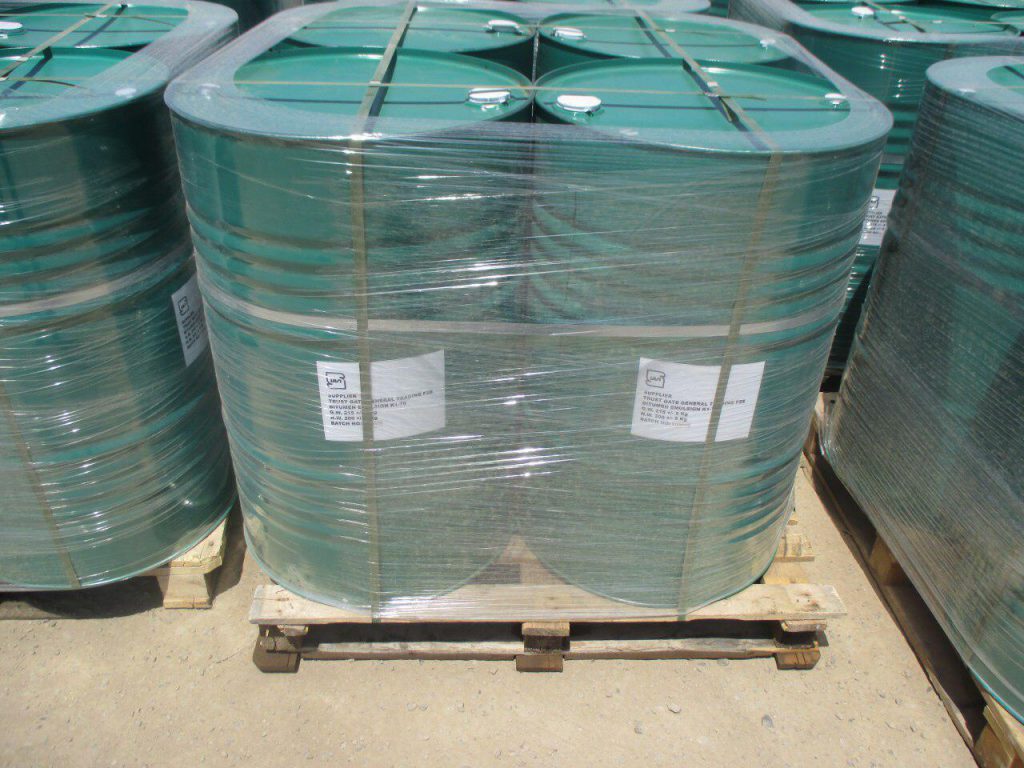Slow Curing Cutback Bitumen Description

Slow curing Cutback Bitumen and oils of low volatility generally in the heavy distillate range (SC–70, 250, 800, 3000). The degree of liquidity developed in each case depends principally on the proportion of solvent to asphalt cement. To a minor degree, the liquidity of the cutback may be affected by the hardness of the base asphalt from which the cutback is made. The degree of fluidity results in several grades of cutback asphalt some quite fluid at ordinary temperatures and others somewhat more viscous. The more viscous grades may require a small amount of heating to make them fluid enough for construction operations.
Slow Curing often called “road oils,” are usually a residual material produced from the fractional distillation of certain crude petroleums. Traditionally any kind of aromatic, naphthenic and paraffinic oils are used. Slow Curing liquid bitumen materials can be prepared by blending bitumen with an oily petroleum fraction.
Slow Curing Cutback Bitumen Applications
Current common uses are in penetrating prime coats and in producing patching or stockpile mixtures. Cutback asphalt used in mixing with aggregate will usually contain an adhesion agent to assist in the coating of the aggregate surface.
Cutback agents are used to lowering the viscosity of bitumen when it is applied as a primer to the surface of a road pavement aggregate base course or substrate. Kerosene is used as a bitumen cutback agent at different concentrations according to local conditions and requirements.
The cutback bitumen is ideal for prime coat and cold applied because of easy uses and no need to thinning and heating.
Cutback bitumen SC consist of initial incorporation of asphalt into the surface of non-asphalt based course preparatory to any superimposed treatment of construction.
The cutback asphalt SC applying to waterproofing of surfaces, plug capillary voids, coat and bond loose mineral particles.
Slow curing (SC) cutback asphalt cement and oils of low volatility generally in the heavy distillate range (SC-70, 250, 800, 3000). The degree of liquidity developed in each case depends principally on the proportion of solvent to asphalt cement. To a minor degree, the liquidity of the cutback may be affected by the hardness of the base asphalt from which the cutback is made. The degree of fluidity results in several grades of cutback asphalt—some quite fluid at ordinary temperatures and others somewhat more viscous. The more viscous grades may require a small amount of heating to make them fluid enough for construction operations.
Slow curing (SC) cutback asphalt are often called road oils and are used primarily in road-mixing and dust-laying applications. This term originated in earlier days when asphalt residual oil was used to give roads a low-cost, all-weather surface. SC cutback asphalts are also used for stockpile patching mixes, plant-mixed with graded aggregates and occasionally for priming.
Related Posts
Anionic Bitumen Emulsion
Anionic Bitumen Emulsion Description HJ Oil Group is a supplier of high-quality Anionic Bitumen Emulsion.The preparation of bitumen emulsion is essentially the grinding of bitumen in...
Cutback Bitumen SC-3000
Cutback Bitumen SC-3000 Description Cutback bitumen SC-3000 is an asphalt cement that has a solvent or distillate such as gasoline, diesel fuel, kerosene, or naphtha added to make the asphalt...
